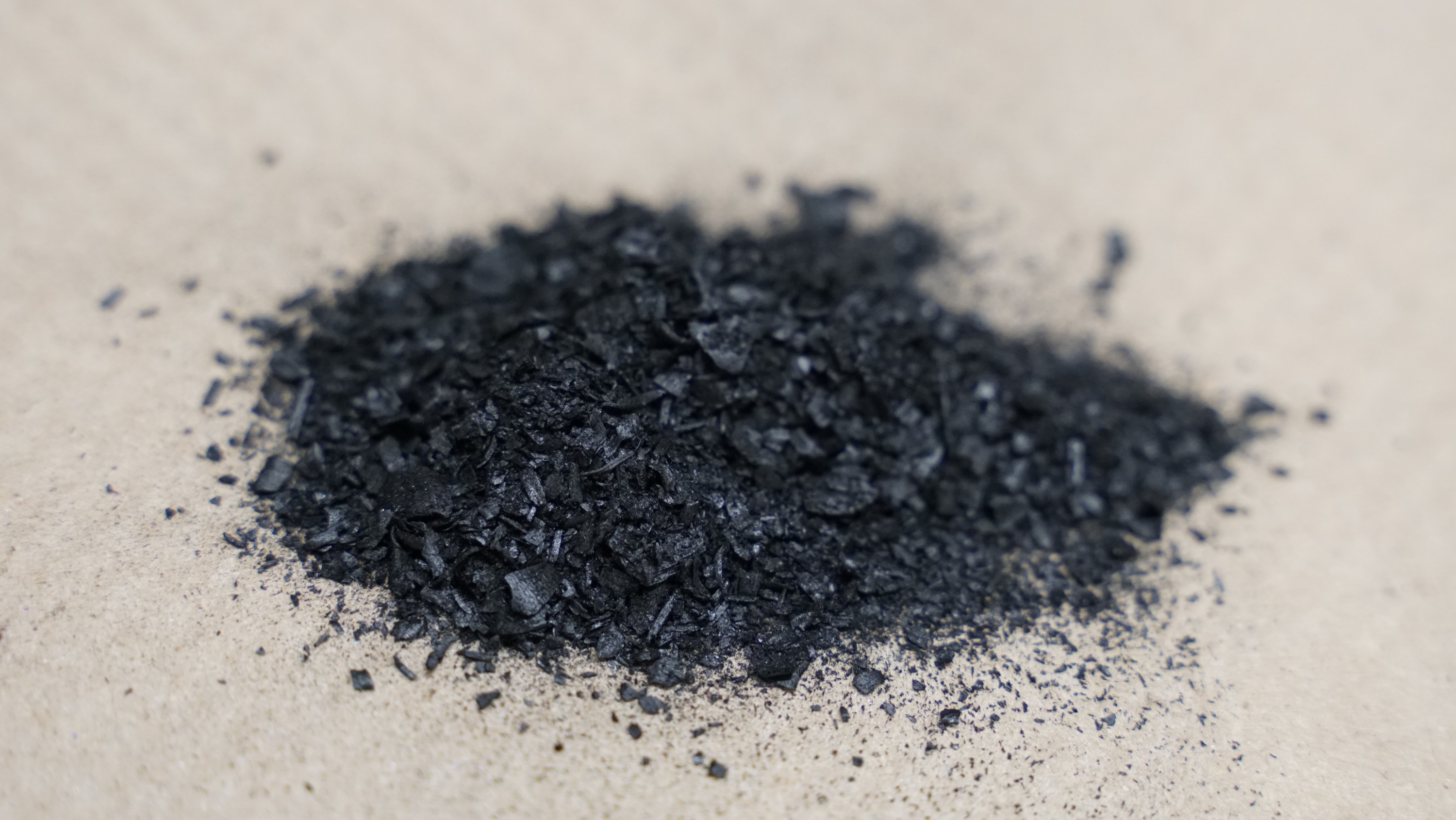Environmental reclamation is necessary, but sometimes it’s expensive for industry. What materials work best? Which ones are worth the investment?
University of Alberta researchers are inching closer to answering those pressing questions through a project that looks at two reclamation materials with commercial potential: chicken feathers and biochar, a blackened byproduct created from waste like cow manure, wheat and canola straw.
Researchers from the Alberta School of Business want to eliminate the guesswork companies face when choosing reclamation technologies to invest in. To find answers, they’re running a detailed life cycle analysis on the two products, which show promise in treating oilsands process water.
“If a business has two potential paths forward but can only fund one innovation, life cycle analysis can provide the assessment and, from that, the information needed to make the best decision,” said Maggie Cascadden, who is helping conduct the research.
The work is also part of Future Energy Systems, a cross-disciplinary research and teaching network at the U of A working to develop innovations for energy transition.
Using chicken feathers and biochar for their case study, Cascadden and her fellow researchers are using a free software program to build a model that painstakingly identifies and measures every step in the process of making, using and disposing of (or recycling) the two materials.
“These products don’t yet exist at the commercial scale, and one of our major goals is to understand what it is about these materials that is going to attract the kind of funding needed to take them from a lab to a pitch to full commercialization — and a product that industry can actually use,” said Cascadden, a PhD candidate in Strategy, Entrepreneurship and Management.
The researchers’ work on developing a model takes into account all of the inputs, like heat and water needed to steam the biochar, and all of the resulting environmental outputs, such as byproducts like waste heat.
“The overall tally of inputs and outputs provides a final accounting of all the different requirements and the products, for a full picture of how the life cycle of a material is going to affect the environment.”

Life cycle analysis “gives a lot of insight when purchasing products or when teaching corporate sustainability,” said Matt Kingston, an instructor in the School of Business who is leading development of the life cycle analysis model.
“It makes us think about where all the components come from,” he said, noting the analysis includes questions about the labour conditions involved, where the minerals that make up the components came from, who put them together, how much they were paid and how the components were shipped here.
“There is no easy answer, no magic bullet to sustainability, but life cycle analysis is a tool that can help by adding clarity,” Kingston said.
The team is strengthening the model by factoring in different production and life cycle scenarios. The work ultimately helps ensure their model is sound, said industry consultant Pia Heidak.
“We are troubleshooting the model’s underlying assumptions so it holds up to scrutiny. “
When completed, their model will offer a future perspective into budgeting for environmental reclamation, Cascadden added.
“Most life cycle analysis is done on products already commercially developed, but we’re building that analysis for novel materials, ones that haven’t yet been commercialized or produced on a large scale.
“If we can use this tool to look ahead and make a decision before investing a lot of time and money and infrastructure, industries can make better decisions for the environment before they affect it.”
The tool can help subvert and mitigate any unintended consequences that could come with technological advancements, Kingston noted.
“When a new initiative is green-lit to solve a problem, often it causes other problems. A life cycle analysis is good at mitigating some of that risk.”
Modelling for environmentally responsible reclamation practices and materials also contributes to building valuable social licence, Cascadden noted.
“These practices need to be acceptable to the communities and other stakeholders, to meet their standards. If a practice isn’t socially acceptable, it’s going to be hard to get funding for it.”
